
Sai Vishnubhatla shares how his team is creating customized customer experiences in a highly regulated industry.

Let’s explore Nue JS, a new JavaScript framework that offers an innovative and faster DX, especially for complex applications.

In this guide, we will explore what makes SolidJS a fantastic choice for building fast, user-friendly, and highly performant apps.

Adam Nicholson, VP of Product Management at AgileOne, discusses how he builds trust in his teams and with customers.

Astro integrations are key to customizing your site’s behavior. Learn how to insert them in the right areas of the hooks lifecycle here.

Explore everything you need to know about Storybook to better understand why you should use it in your next frontend project.
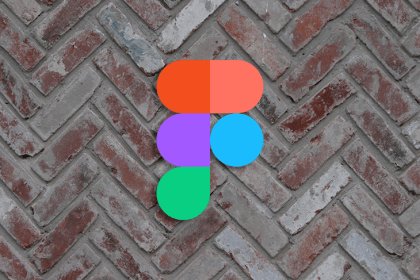
Templates can help designers avoid reinventing the wheel. Here’s a look at some of the best Figma community templates.
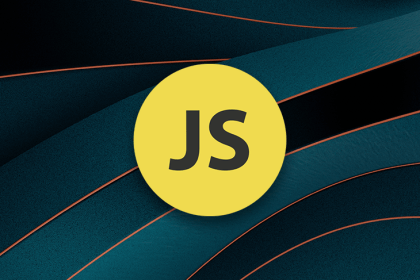
Let’s discuss how to use sorting techniques effectively in JavaScript projects, like insertion sort, quicksort, and more.
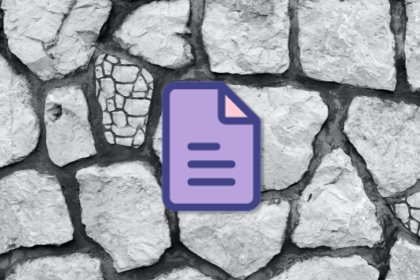
A software bill of materials is a structured, hierarchical list of components, libraries, and dependencies used in a software system.

Learn about the new CSS @scope feature coming in Chrome 118, which may potentially replace BEM with a cleaner, more ergonomic syntax.
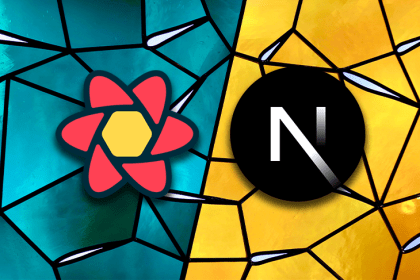
Learn how you can use TanStack Query for data handling and state management in applications built with Next.js 13.
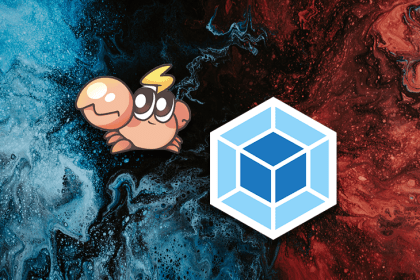
We explore Rspack, compare its performance to webpack, and demonstrate how to migrate from webpack to Rspack.